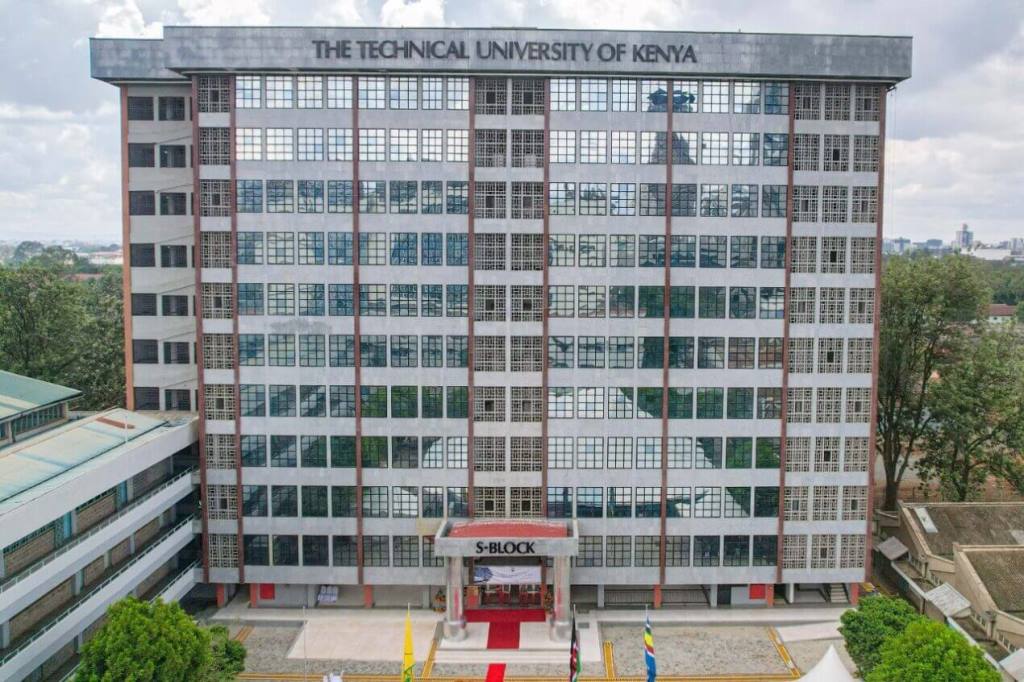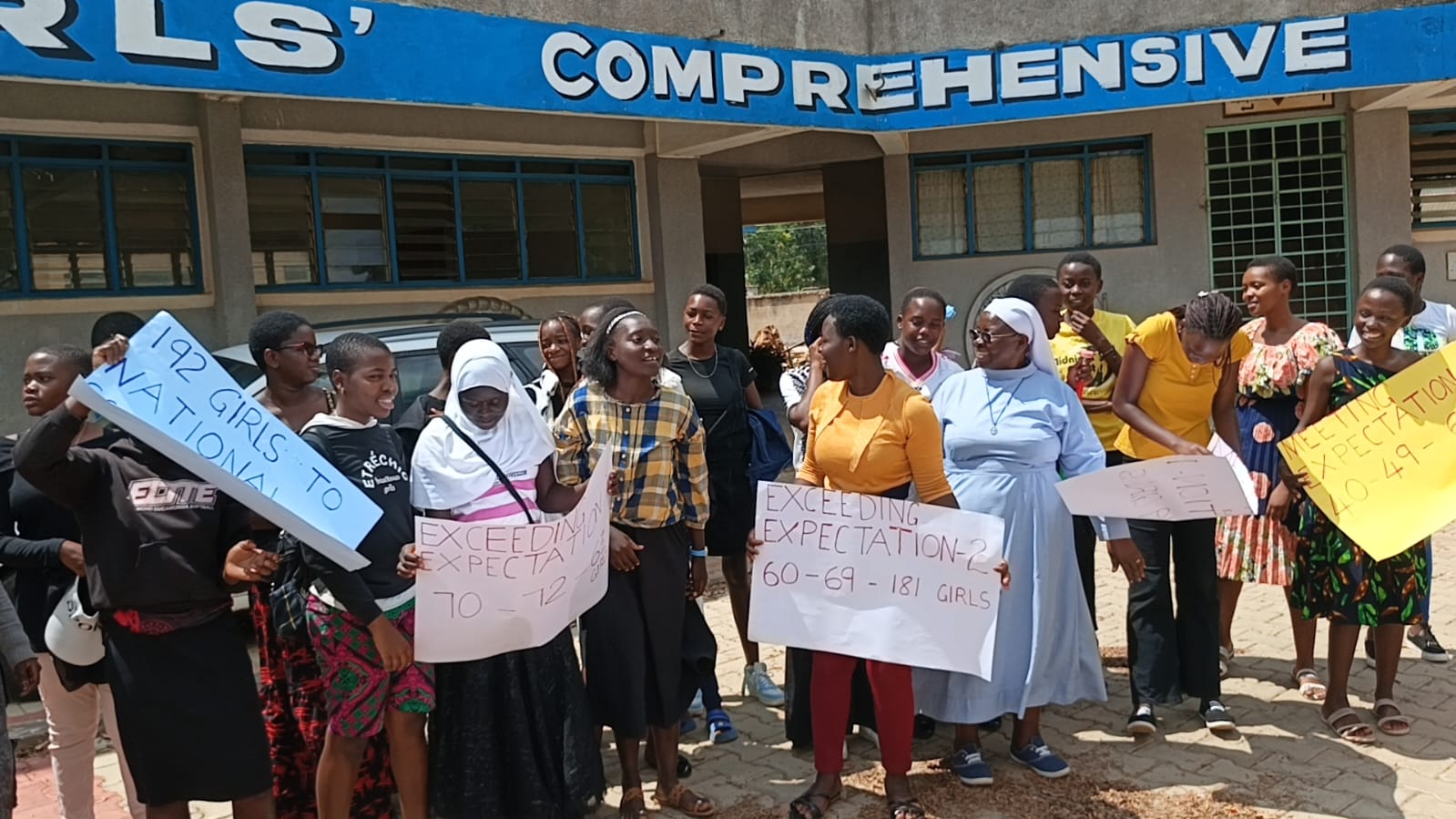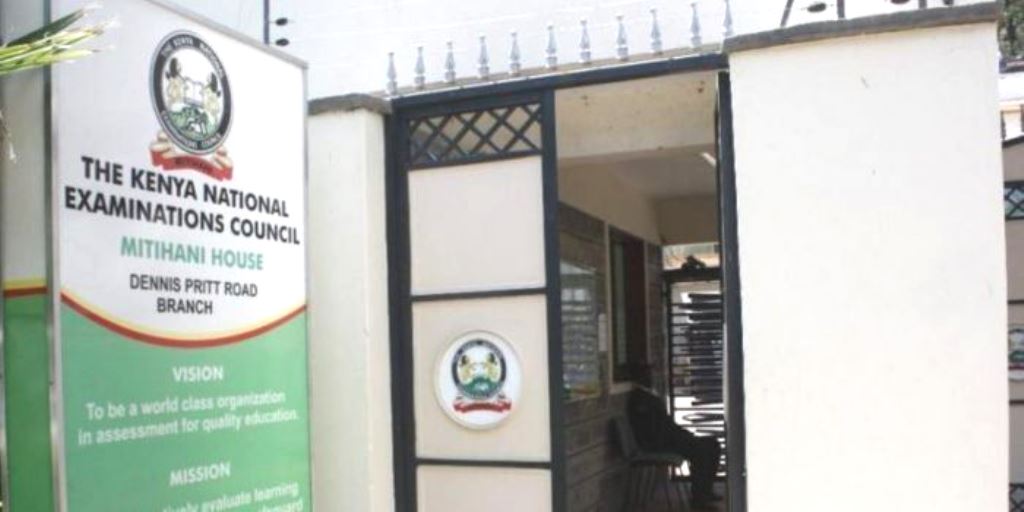Country’s premier universities, which are University of Nairobi (UoN), Jomo Kenyatta University of Agriculture and Technology (JKUAT), Masinde Muliro University of Science and Technology (MMUST) and Moi University (MU) cumulatively lost a total of 17,513 students for the last one year.
By Roy Hezron
The enrollment in premier public universities in the country has decreased sharply, the Economic Survey 2022 report by Treasury Cabinet Secretary Amb Ukur Yatani has revealed.
The report has further indicated that the total enrolment in public universities in the country is expected to decrease from 452,100 in 2020/21 academic year to 448,500 in 2021/22 academic year.
Four of Kenya’s seven premier universities: the University of Nairobi (UoN), Jomo Kenyatta University of Agriculture and Technology (JKUAT), Masinde Muliro University of Science and Technology (MMUST) and Moi University (MU) recorded the biggest decline in their student enrolment, the report revealed.
According to the Economic Survey 2022 report, the four universities have cumulatively lost a total of 17,513 students between 2020/21 and 2021/22 academic years.
The economic survey revealed that the student enrollment at the University of Nairobi dropped by 7,795 from 55,488 in 2020/2021 to 47,693 in 2021/2022. The number of female students dropped from 12,932 last year to 11,137, while that of male students dropped from 42,556 to 36,556.
The drop in the enrolment has been attributed to the increased fees and some of the reforms the institution put in place last year to solve its financial challenges.
For instance, in September 2021, UoN increased the undergraduate annual tuition and administrative fees from Sh.28,500 to Sh.59, 000 for the government-sponsored students. The figure is expected to even rise if the accommodation charges, which were increased more than seven times, are factored in.
The university’s accommodation fees are to be charged based on the type of room and number of occupants. The amount rose from between Sh.20 to Sh.30 per day, translating to Sh.5460 per semester to more than Sh.210 per day or Sh.40,320 per semester for a standard room.
Despite the university not increasing tuition fees from the annual Sh.16, 000, it increased other administrative charges where students now pay Sh.4,500 (registration), Sh.12,000 (examination fees), Sh.7,000 (ICT services), Sh.4,000 (library) and Sh.6,500 (medical).
Others charges are Sh.2,000 (activity), Sh.1, 000 (student identity card), Sh.5,000 (caution, paid once) and Sh.1,000 (students council).
The university also introduced the Differentiated Unit Cost (DUC) system to charge fees for students under the self-sponsored programme (Module II). Under the system, different units are cost-based on factors like their complexity, training equipment and facilities, study hours and also the human resources required.
For instance, students pursuing courses like Bachelor of Medicine and Bachelor of Surgery pay Sh.636,000 for the first year. The cumulative fees to train a medical doctor under the programme cost a minimum of Sh.3,806,000.
On the other hand, a course in Bachelor of Arts in Journalism and Media studies will cost self-sponsored students about Sh1,116,500 for the four-year course.
Enrolment decline
The enrollment at JKUAT decreased by 5,032 students from a total of 36,744 students in the 2020/21 academic year to 31,712 in the 2021/22 academic year.
The number of male students decreased from 21,740 in the 2020/21 academic year to 18,248 in the 2021/22 academic year while that for females reduced from 15,004 students in 2020/21 academic year to 13,469 students in 2021/22 academic year.
In November 2021, University Academic Staff Union (UASU), Kenya University Staff Union (KUSU) and Kenya Union of Domestic, Hotels, Educational Institutions, Hospitals and Allied workers (KUDHEIHA) at JKUAT threatened to go on strike over failure by the university management to fully implement the 2017-2021 Collective Bargaining Agreement (CBA). Their other demands were the medical scheme, over-taxation, and staff-dependent fees waiver.
At Masinde Muliro University of Science and Technology (MMUST), the student enrolment for the last year reduced by 2,738 from a total population of 18,655 students in the 2020/21 academic year to 15,917 students in the 2021/22 academic year. Male students reduced from 10,435 students to 9,366 students while female students reduced from 8,220 students to 6,551 students.
Before the appointment of Prof Solomon Shibairo as the new MMUST Vice Chancellor in September 2021, a lot of wrangles were witnessed concerning his hiring and the deputy vice-chancellor’s. The wrangles led to a series of disagreements, protests and endless litigation, which undermined academic programmes.
From November 30, 2018 to the ensuing 33 months after the term of former Vice Chancellor Prof Frederick Otieno ended, the university did not have a substantive VC, a situation that triggered endless tussles between the management and Union officials.
Successive VCs were appointed in acting capacities, plunging the university into a crisis as administrators and Union officials were locked in battles.
Moi University also had a decrease in enrolment with the university losing 1,948 students for the last year from 28,605 students in 2020/21 to 26,657 students in 2021/22. Male students reduced from 15,177 students to 14,497 while female students reduced from 13,428 to 12,160 in the same period.
In September last year, the university confirmed it was facing serious financial challenges on the back of revelations by the Auditor-General that the institution was technically insolvent, with the Auditor-General, Nancy Gathungu, stating in her 2018-2019 report that the university’s debts had exceeded Sh.4.5 billion.
The university also experienced a series of endless strikes by its lecturers and other staff last year demanding the implementation of a delayed CBA, a situation that affected learning in the once giant university.
At one point, the university wanted to consider increasing its fees from the current Sh.16,000 yearly, noting that the amount was unable to sustain its operations.
Increased enrolment in TVET
Even as pioneer universities struggle with the student enrollment, Technical and Vocational Education Training (TVET) institutions and constituent colleges like Kaimosi Friends, Alupe, Turkana, Tom Mboya, Tharaka-Nithi, Bomet and Koitalel University Colleges recorded an increase in enrolment by 3,907 students from 9,609 in 2020/21 to 13,514 students in 2021/22.
Male students increased from 5,505 in 2020/21 to 7,877 students in 2021/22, while female students increased from 4,102 students in 2020/21 to 5,637 students in 2021/22.
The Economic Survey Report further shows that the number of students placed to undertake degree, diploma, certificate and artisan courses in universities, middle level colleges and TVETs is expected to increase by 21.9 percent from 217,440 in 2020/21 to 265,095 in the 2021/22 academic year.
The survey shows that students’ placement at the universities increased by 4.3 percent to 128,083 in 2021/22 and accounted for 48.3 percent of all students sponsored by the government.
Placement at middle level colleges and TVET institutions rose by 44.8 percent to 137,012 in 2021/22, constituting 51.7 percent of all student placements sponsored by government.
In the 2021/22 academic year, total placement of female students rose by 25.1 percent to 130,970, while that of male students rose by 19.0 percent to 134,122.
In the review period, the number of students placed to pursue certificate and artisan courses increased by 28.9 percent to 40,876 and 53.2 percent to 9,869 respectively.
The report further indicates that the number of students enrolled in diploma and certificate courses in public and private universities is expected to grow by 5.5 percent from 55,351 in 2020/21 to 58,414 in 2021/22.
Enrolment of students for diploma and certificate courses in public universities is expected to go down by 14.3 percent to 31,917 in 2021/22 while that of private universities is expected to substantially increase by 46.3 percent to 26,497 over the same period.
Overall enrolment in TVET institutions grew by 10.4 percent from 451,200 in 2020 to 498,300 in 2021. Male students in TVETs account for 57.2 percent of the total enrolment.
Enrolment in National Polytechnics increased by 11.6 percent to 97,237 in 2021 compared with a decline of 14.7 percent in 2020.
Kisii National Polytechnic recorded a substantial increase in enrolment from 3,706 in 2020 to 8,617 in 2021.
Enrolment in other TVET institutions rose by 10.2 percent to 401,100 in 2021. During the review period, enrolment of students in Vocational Training Colleges (formerly Youth Polytechnics) increased by 8.9 percent to 163,000 while enrolment of students in Public Technical Training (Public Technical and Vocational Colleges)and Private Technical Training (Private Technical and Vocational Colleges) institutes increased by 16.0 percent to 150,927 and 3.4 percent to 87,157, respectively.
| SN | Institution | 2020 | 2021 | |||||
| Male | Female | TOTAL | Male | Female | TOTAL | CHANGE IN ENR | ||
| 1 | Kisii National Polytechnic | 1,834 | 1,872 | 3,706 | 4,554 | 4,063 | 8,617 | 4,911 |
| 2 | Kitale National Polytechnic | 4,437 | 3,494 | 7,931 | 6,479 | 4,789 | 11,268 | 3,337 |
| 3 | Nyeri National Polytechnic | 3,393 | 2,704 | 6,097 | 4,191 | 3,625 | 7,816 | 1,719 |
| 4 | Kabete National Polytechnic | 6,940 | 4,328 | 11,268 | 7,701 | 4,838 | 12,539 | 1,271 |
| 5 | Nyandarua National Polytechnic | 958 | 440 | 1,398 | 1,587 | 804 | 2,391 | 993 |
| 6 | Meru National Polytechnic | 5,440 | 4,016 | 9,456 | 5,874 | 4,102 | 9,976 | 520 |
| 7 | Sigalagala National Polytechnic | 4,462 | 3,844 | 8,306 | 4,682 | 4,102 | 8,784 | 478 |
| 8 | Kisumu National Polytechnic | 6,212 | 4,303 | 10,515 | 6,135 | 4,536 | 10,671 | 156 |
| 9 | Kenya Coast National Polytechnic | 4,787 | 3,039 | 7,826 | 4,904 | 2,545 | 7,449 | -377 |
| 10 | North Eastern National Polytechnic | 634 | 409 | 1,043 | 309 | 168 | 477 | -566 |
| 11 | Eldoret National Polytechnic | 8,238 | 6,308 | 14,546 | 7,687 | 5,879 | 13,566 | -980 |
| 12 | Kenya Technical Training Institute | 2,791 | 2,232 | 5,023 | 1,833 | 1,850 | 3,683 | -1,340 |
| Totals | 50,126 | 36,989 | 87,115 | 55,936 | 41,301 | 97,237 | 10,122 | |
| Other TVET Institutions | ||||||||
| 13 | Public Technical and Vocational Colleges | 76,416 | 53,648 | 130,064 | 88,642 | 62,285 | 150,927 | 20,863 |
| 14 | Private Technical and Vocational Colleges | 41,879 | 42,446 | 84,325 | 42,716 | 44,441 | 87,157 | 2,832 |
| 15 | Vocational Training Colleges | 89,663 | 60,038 | 149,701 | 97,624 | 65,381 | 163,005 | 13,304 |
| Totals | 207,958 | 156,132 | 364,090 | 228,982 | 172,107 | 401,089 | 36,999 | |
| GRAND TOTALS | 451,205 | 498,326 | 47,121 |






